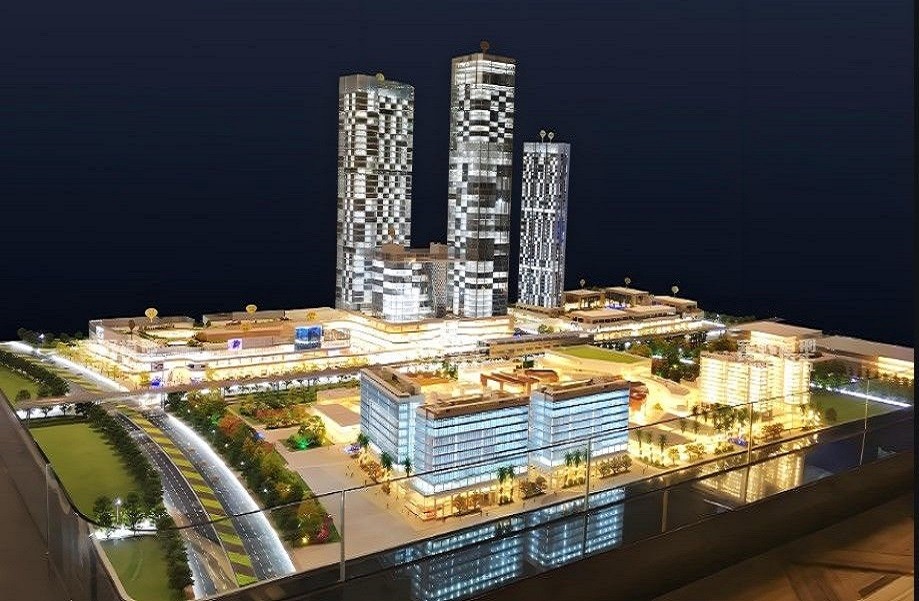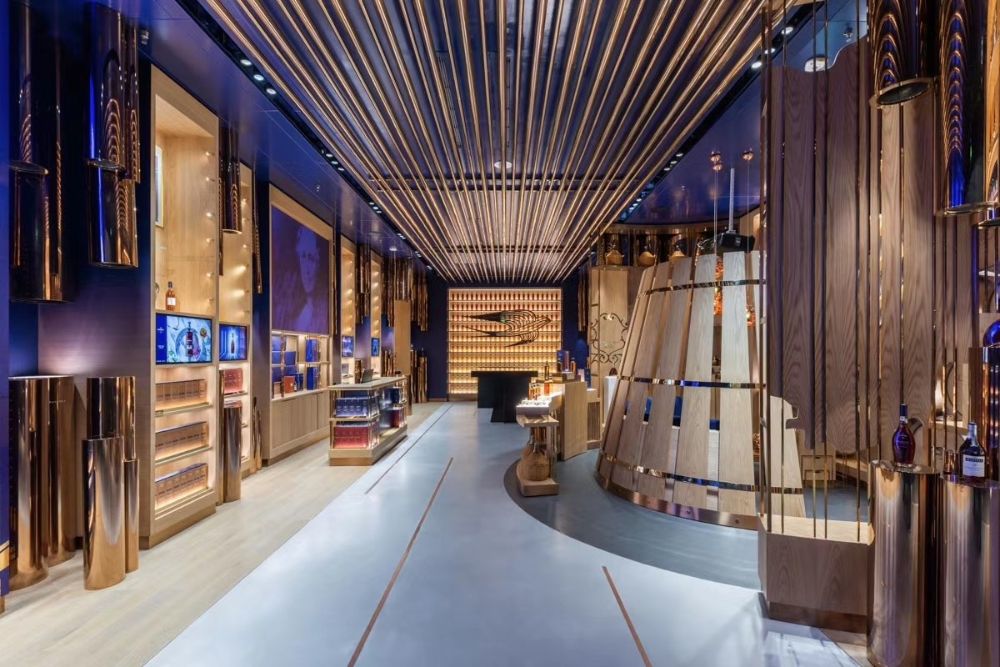
PLUSspace
Since its establishment, Plus Space has accumulated rich and professional experience in commercial construction. From initial project engagement to final delivery and maintenance, the company provides comprehensive engineering construction services following international standards for projects such...
Since its establishment, Plus Space has accumulated rich and professional experience in commercial construction. From initial project engagement to final delivery and maintenance, the company provides comprehensive engineering construction services following international standards for projects such as shopping malls, building renovations, and store/showroom setups. Plus Space has an outstanding team that has been providing construction planning and services to various companies for years, maintaining close relationships with its partners.
Application of EPC (Engineering, Procurement, and Construction) Model: Through the EPC general contracting model, the owner only has a single contract with the general contractor, who is responsible for the entire project, including design, procurement, and construction. This model simplifies legal relationships, clarifies the rights, obligations, and responsibilities of the contract parties, and ensures that the general contractor assumes full legal responsibility for the final delivered construction project. This model helps in the systematic integration of projects, with clear and unified goals and optimized coordination across various stages.
Application of Modular Construction: Modular construction offers significant advantages over traditional methods, including strong safety, ease of assembly, wide applicability, and resource efficiency. Modular buildings effectively reduce costs, increase construction speed, and can be built on any site conditions. Additionally, modular construction can offer a unique shopping experience.
Key Construction Techniques: By strengthening quality control in key construction phases, efficiency and quality are ensured, costs are reduced, environmental sustainability is improved, and construction time is shortened, leading to high-quality project delivery.
Optimized Resource Allocation: The integrated model helps to optimize the allocation of human resources, material resources, and time, ensuring that resources are fully utilized, and waste is minimized.
In conclusion, the construction advantages include the application of the EPC model, the benefits of modular construction, key engineering techniques, and optimized resource allocation. These advantages jointly enhance the efficiency and quality of commercial construction while also providing more flexibility and sustainability for businesses.

